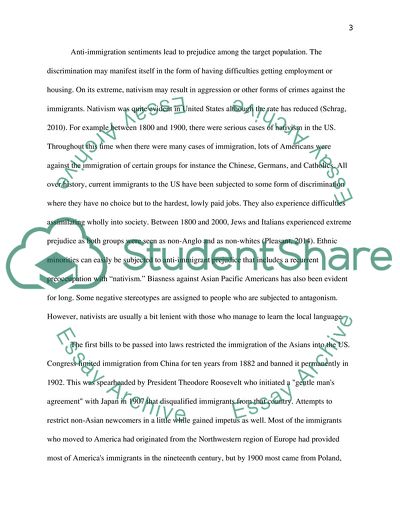Cite this document
(The Role Played by Nativism in the Discrimination of the Asians in the Research Proposal Example | Topics and Well Written Essays - 1500 words, n.d.)
The Role Played by Nativism in the Discrimination of the Asians in the Research Proposal Example | Topics and Well Written Essays - 1500 words. https://studentshare.org/politics/1847185-experiences-of-sexism-vs-nativism
The Role Played by Nativism in the Discrimination of the Asians in the Research Proposal Example | Topics and Well Written Essays - 1500 words. https://studentshare.org/politics/1847185-experiences-of-sexism-vs-nativism
(The Role Played by Nativism in the Discrimination of the Asians in the Research Proposal Example | Topics and Well Written Essays - 1500 Words)
The Role Played by Nativism in the Discrimination of the Asians in the Research Proposal Example | Topics and Well Written Essays - 1500 Words. https://studentshare.org/politics/1847185-experiences-of-sexism-vs-nativism.
The Role Played by Nativism in the Discrimination of the Asians in the Research Proposal Example | Topics and Well Written Essays - 1500 Words. https://studentshare.org/politics/1847185-experiences-of-sexism-vs-nativism.
“The Role Played by Nativism in the Discrimination of the Asians in the Research Proposal Example | Topics and Well Written Essays - 1500 Words”. https://studentshare.org/politics/1847185-experiences-of-sexism-vs-nativism.


